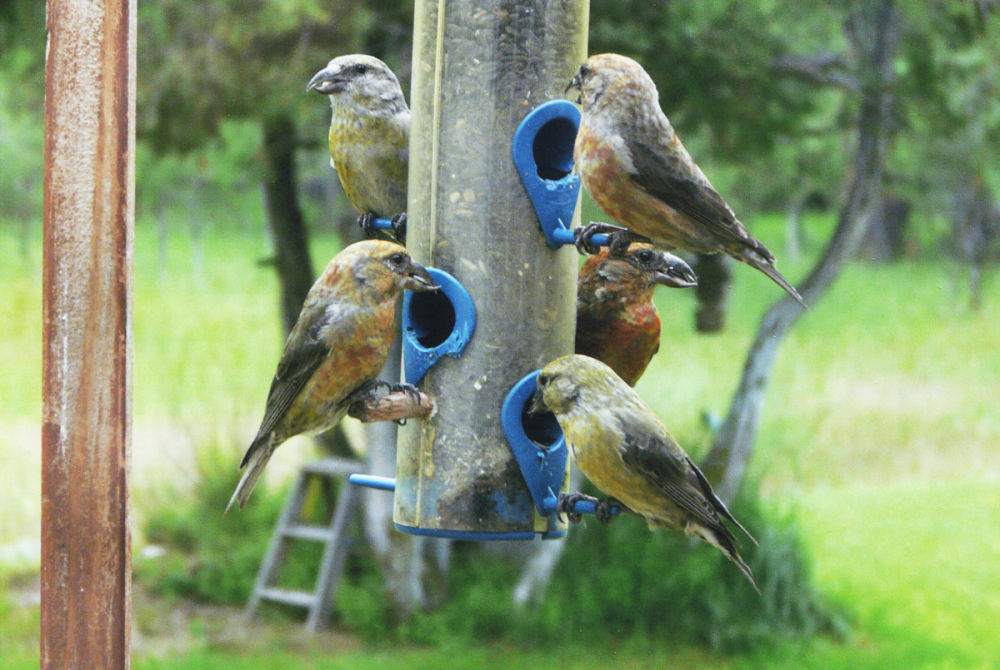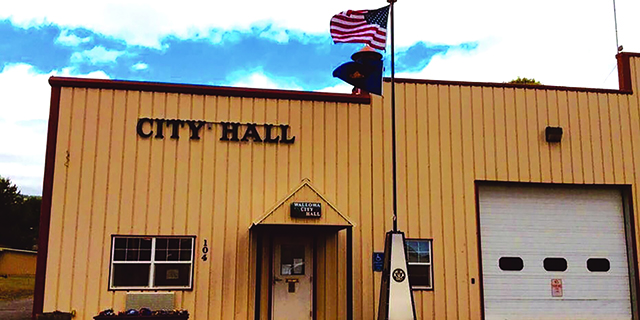BIRD-WATCHING: Red crossbills’ migrations hard to predict
Published 5:00 pm Tuesday, July 8, 2014

- <p>Although red crossbills can be content eating evergreen seeds, they're happier still gorging on sunflower seeds from a feeder.</p>
I took this photo of five red crossbills at our sunflower feeder a couple of years ago. Crossbills are members of the finch family but they tend to live and breed at the more northern habitats of North America. They are usually in small flocks and are very migratory. However, their migrations have no pattern as they are quite erratic and unpredictable. Some winters they are common in many parts of the northern United States; and during others they are rare or even absent.
Crossbills are aptly named as their stout beaks are crossed to enable them to extract the seeds from evergreen cones. But once they discover a feeder full of sunflower seeds in your backyard, they forget about the evergreen cones and will gorge on these tasty morsels.
Trending
Crossbills nest in evergreen trees and their nests are made of twigs and grasses but are always lined with hair or feathers. They lay from three to five eggs and feed their young everything from insects to seeds and fruits.
One thing that is unique about red crossbills is they will nest at any time of the year if there is an abundance of food. Here in the West they range from Alaska to Baja California. Their song is a short series of tinkling notes, but since they are usually found in the northern boreal forests of North America, there are few humans that get to hear it.









